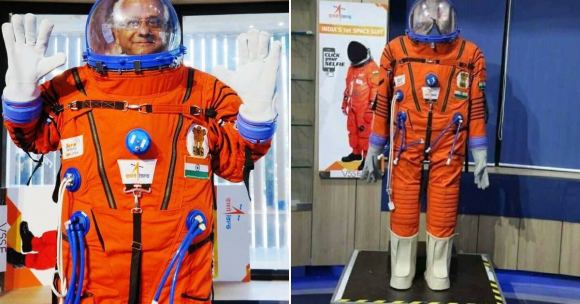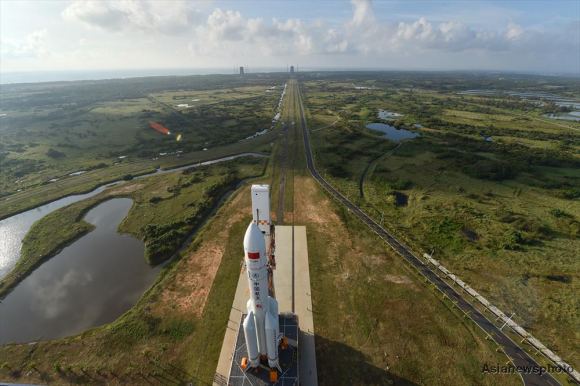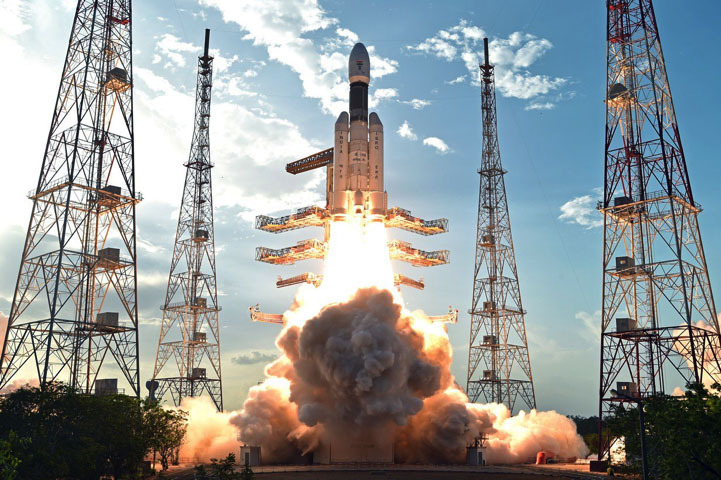One of the most notable features of the modern space age is the way that new participants are entering the fray. In addition to the traditional contenders – NASA and Roscosmos – China has become a major player in space in recent decades. And in 2022, according tor recent statements, India will join the club too when it becomes the fourth nation to send a crewed mission to space.
During a cabinet-level meeting that took place on Friday, Dec. 25th, the government of India announced that the Indian Space Research Organization‘s (ISRO) first crewed mission to space will consist of a three-astronaut team being sent to orbit. The government also announced that they had a approved a budget of $1.4 billion to fund the development of the requisite technology and infrastructure for the program.
The decisions to send astronauts to space was first announced by Prime Minister Narendra Modi on August 15th, during India’s Independence Day celebrations. At that time, Modi directed the ISRO to conduct a crewed mission to orbit by 2022, which would coincide with the 75th anniversary of India gaining its independence.

A month later, during the sixth annual Bengaluru Space Expo (BSX 2018), the ISRO and its commercial arm (the Antrix Corporation Ltd) showcased the spacesuits that the astronauts would be wearing for the mission. Also featured was the crew escape module that will be taking the astronauts into space, which was successfully tested in July of 2018.
However, the cabinet had not yet approved the statement or committed the necessary funds at a time. But with this latest statement, the government of India has declared that it is all-in on sending astronauts to space and stepping up its rivalry with China. The statement also made clear that India intends to become a “collaborating partner in future global space exploration initiatives with long term national benefits.”
The statement also indicated that the crewed flight would range in duration from one orbital period to a maximum of seven days. Prior to the astronauts going into space, two uncrewed missions would be launched using the ISRO’s Geosynchronous Satellite Launch Vehicle (GSLV Mk. III) and the Gaganyaan (“sky-vehicle”) spacecraft.
While a specific date has not yet been set, the government did say that the crewed flight will be taking place “within 40 months” of Friday’s meeting. And at a cost of $1.4 billion, it will be the most inexpensive space program to date. For comparison, China sent astronauts to space for the first time in 2003 with its Shenzhou program, which cost more than $2.3 billion.

Meanwhile, Project Mercury – NASA’s first crewed missions to orbit, which ran from 1958 to 1963 – cost an estimated $1.6 billion while the Apollo program cost roughly $174.5 billion. This latest statement is significant because India hopes to conduct lunar missions in the near future. This is expected to commence with the ISRO’s first uncrewed mission to the Moon in 2019.
While India hopes that it’s low-cost program will give it an edge in the space market (especially where commercial satellites are concerned), it also hopes that the program will boost the country’s economy, provide jobs, and spur on the development of technology. The government also hopes that this program will allow India to become a more active partners in initiatives like the International Space Station (ISS) and lunar exploration.
This mission will also be the latest in series of very impressive strides made by the ISRO in the last decade. These include the launch of India’s first lunar explorer (Chandrayaan-1) in 2008, the Mangalayaan mission – aka. the Mars Orbiter Mission (MOM) – in 2013, and a record-setting deployment of 104 satellites in a single launch this past year.
Further Reading: AFP

